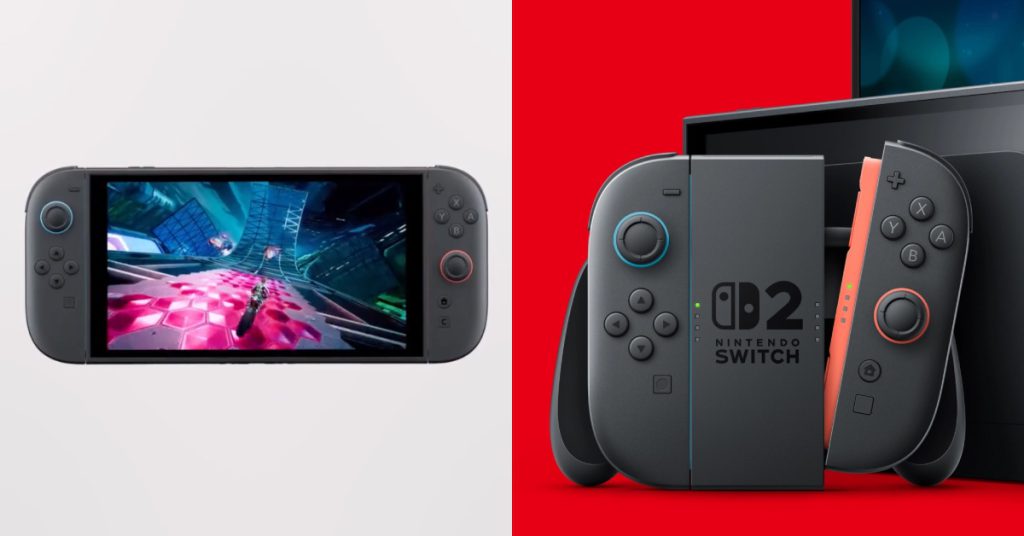- We look at 3 recently released mid-range priced devices, and here are our recommendations.
If you had asked me a while back for a smartphone recommendation, I’d have said: make sure it’s a flagship, or is at least in the range of a flagship. There are many reasons behind this, including longevity, ease of use, and generally future-proofing your device.
However, these few months have been game-changing when it comes to smartphones. I recently got my hands on 3 smartphones that changed my perception.
The smartphones I received were the Pocophone F1, the Honor Play and the Honor 10. All 3 sit squarely within the RM1,500 budget—essentially considered to be the mid-range when it comes to smartphones.

More Than Meets The Eye
Flagships are usually defined by the SoC in them.
Dictionary Time: The system on chip (SoC) is an integrated circuit that integrates all the components of the smartphone.
However, while prices of flagship phones continuing to rise higher and higher, Chinese phone giants like Xiaomi and Vivo have put their focus into the mid-range market instead.
The common denominator between the Pocophone, Honor Play and Honor 10 (besides the price range) is the fact that all 3 utilise flagship-level SoCs but come at a fraction of what a conventional flagship would cost.
I wasn’t expecting too much from the 3 phones when they arrived at the office. I’ll be blunt: I thought that there would be clear trade-offs in order to to make up for the price.
Fast-forward a month, however, and things have changed. Take a look at this short breakdown of the phones, and see if you came to the same conclusion that I did.
1. Honor 10
The most expensive option between the three, the Honor 10 was released on the 22nd of May 2018 (available for RM1,599 at Honor’s official website).
The Kirin 970 powered device feels snappy, with a dedicated NPU (something still missing from Qualcomm devices) making real-time scene detection a breeze.
However, my colleagues and I had a quick game of PUBG, and the game definitely warmed up the phone, but not too much. What was an actual problem were the graphic glitches that turned up on the screen, as can be seen below.

With a 5.8 inch display, the Honor 10 has a smallest screen between the 3. That said, 1080×2246 is still Full HD+, which basically just means a Full HD display that is longer on the vertical axis.
Also, you’re not getting AMOLED screens at this price, as the Honor 10 sports an IPS display. At 432 ppi, the display here is the best out of the 3 phones—but is also the smallest.
Something that was the deal-breaker for me, was the size of the battery on the phone. 3,400 mAh is a decent-sized battery (about the same as the much-vaunted OnePlus 6), but the bigger batteries on the similar-performing Honor Play and Pocophone F1 pretty much dwarfed it.
The unit I received for review had 64GB of storage and 4GB worth of RAM onboard—good enough for multi-tasking, although most flagships released in this quarter have more onboard memory.
However, it does have a nice finish, with Huawei’s signature glossy multi-coloured body and glass back.
As for pictures, I found the colours to be nicely saturated, and with good edge detection for the portrait mode.
Here, the NPU shone, with AI-enabled photos brightly saturated, relatively noise-free, and ready for social media use. The 16 MP+24MP rear-camera set up is the best camera of the 3 by some distance, and it’s clear to see. The front-facing camera, at 24 megapixels has a decent portrait mode, and typically comes with the notorious beauty effect.
All in all, a really decent phone for its price, but with the other options in the market, not the best value per se.
2. Honor Play
The second phone I reviewed was the Honor Play, released in July 2018. Retailing for RM1249, a special “player edition” is available for RM50 more, although most of the changes are purely cosmetic.
Since I’ve done a complete review on the Play here, I’ll keep things short and sweet. The Honor Play is essentially the same as the Honor 10, but with a few differences: a metal unibody, a slightly worse camera, and a significantly larger screen at 6.3 inches.
Despite its tag as a “gamer” phone, the phone heated up noticeably when handling PUBG, but didn’t stutter or lag at the highest settings due to the powerful Kirin 970 used here.
Again, the 4GB of RAM was sufficient, but not impressive, and only the 64GB version is available here.
I was suitably impressed by the Honor Play after using it as my daily driver for about 2 weeks—I was actually on the verge of purchasing one for my personal use.
3. Pocophone F1 (by Xiaomi)
Then again, I hadn’t gotten my hands on Xiaomi’s latest offering, the Pocophone F1. Pocophone is Xiaomi’s new sub-brand.
You can read the full review of the F1 here, and while it does cut some corners with the polycarbonate back (a fancy way of saying plastic), the phone feels well-built and sufficiently hefty.
Utilising the brand new Poco launcher on top of the standard MIUI, my experience with phone was littered with bugs. Notifications don’t appear at the top, battery percentage is not an option, and the UI is sometimes cut off by the curved bottom or huge notch on top.
I didn’t mind the workarounds that I had to employ to tolerate the bugs, and I fully expect a lot of the glitches to be ironed out in the next MIUI update for the phone. Most, if not all, of the glitches did seem to be down to a lack of optimisation for the notch, which is larger than most phones I’ve seen notches on.
One of the biggest flaws of the phone is a lack of Widevine L1 DRM certification, which basically means you can’t watch paid streaming content on your phone in Full HD. You can still watch Netflix and the such in SD, but not in Full HD.
The camera is a complicated thing to judge—in properly-lit settings, the photos that come out are comparable to flagships. Vibrant colours, good amount of saturation, and noise-free.
However, low-light photos are a problem for the Pocophone F1, with moving objects not captured well due to a lack of Optical Image Stabilisation (OIS).

Its standout? The internals: 6GB of RAM, 64/128GB of storage, a 4,000 mAh battery, and Qualcomm’s Snapdragon 845—practically the same as the internals of Samsung’s new Note 9.
Initially, I thought that the “liquid-cooling” technology installed was a gimmick. But long sessions of PUBG did not warm up my hands noticeably, unlike the other phones discussed here.
The display is almost as large as the Honor Play (at least on paper), but don’t let that deceive you. The 6.18” screen is nowhere near as big in real-situation use, as the notch is truly gigantic. You get the feeling that Pocophone just used a notch to keep the phone “modern”.
Verdict
Which phones you pick of the 3 really depends on what you’re looking for in a phone. I could not shy away from the fact that the internals of one (the SoC, RAM, battery, etc) were marginally better than the other options.
I opted to get the 6GB/128GB version of the Pocophone F1—many of you may prefer the better camera and finish of the Honor 10, or the larger screen of the Honor Play, or even other midrange options in the market today.
I only had the 3 on hand for this review, but other interesting options in this price bracket include the Huawei Nova 3i with its quadruple camera set-up and the Samsung A8 (one of the only mid-rangers to have a Super AMOLED display).
And that’s the point. You get so many competitive options in the mid-range price range today, that almost match the premium flagship smartphones. What defines the difference between a mid-range and flagship smartphone then?
The price.
- You can read the full reviews on the Honor Play and the Pocophone F1 here.
VP Verdict is a series where we personally try and test out products, services, fads, and apps. Want to suggest something else for us to try? Leave a comment here or send the suggestion into our Facebook page.




















